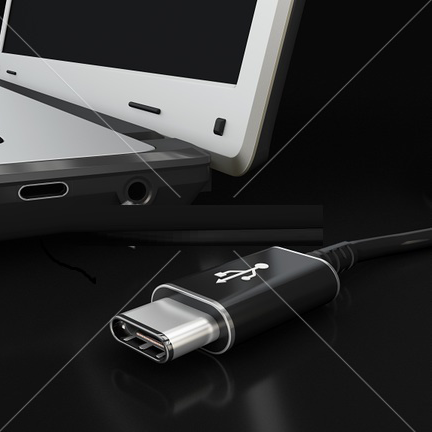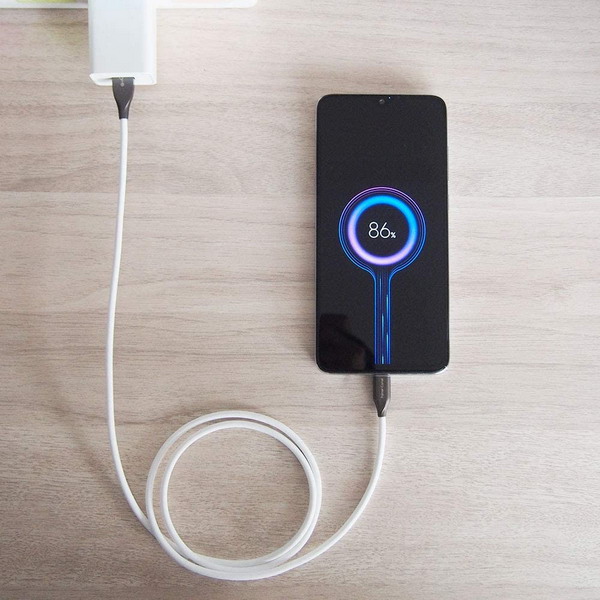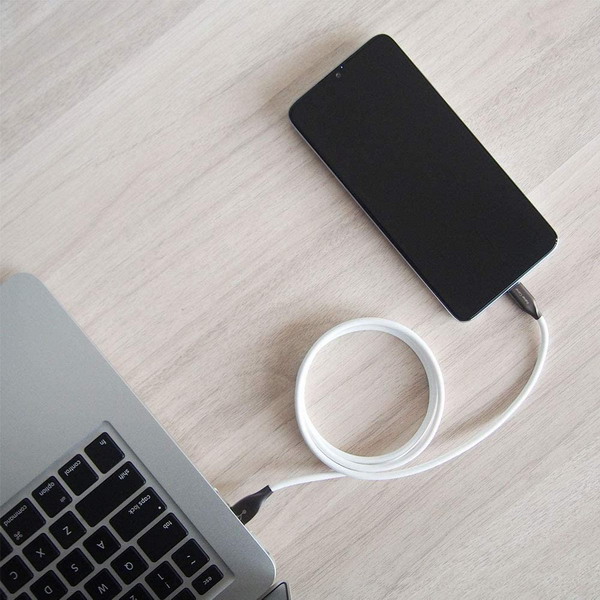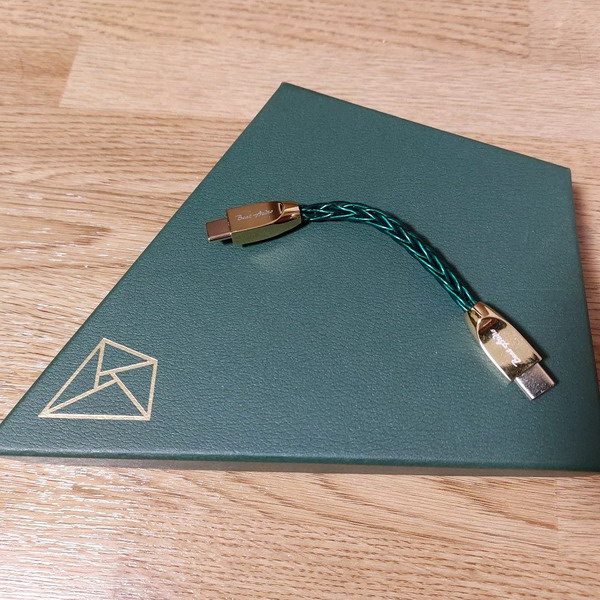
The connector design of type-C is the upper and lower terminal types.
Board end connector: design with only 24 terminals
Connector at the cable end: there are two designs: full feature version supporting high transmission rate and USB 2.0 version.
Since type-C is designed for the upper and lower rows of terminals, the core wire can be processed on the pad card only when the pad card connection is carried out at the end of the plug in the cable processing. If the type-C cable needs to support more than 3A power supply capacity, it must be marked with USB type-C electronically marked.

The connector design of type-C mainly includes the following three items:
1. Standard type-C cable:
Standard type-C cables include USB full featured type-C cable and USB 2.0 type-C cable.
2. Traditional USB cable:
There are two specifications: USB 3.1 and USB 2.0. USB 3.1 specification defines three types: USB type-C to USB 3.1 a cable, USB type-C to USB 3.1 B cable, USB type-C to USB 3.1 micro-b cable, etc. The USB 2.0 specification defines four types: USB type-C to USB 2.0 a cable, USB type-C to USB 2.0 B cable, USB type-C to USB 2.0 mini-b cable, USB type-C to USB 2.0 micro-b cable, etc.

3. Traditional USB converter:
There are two types of USB type-C to USB 3.1 receiver and USB type-C to USB 2.0 micro-b receiver. Figure 4 shows the shape of type-C plug.
In terms of test specifications, the test of type-C has the following main requirements:
1. Institutional testing
2. Electrical test
3. Environmental testing
4. Electroplating requirements
5. High frequency test

In addition, the following parameters shall also meet the parameter requirements announced by USB Association
1. ILfitatNq(Insertion Loss fit at Nyquist frequency)
2. IMR(Integrated Multi-Reflection)
3. INEXT(Integrated Near-end Crosstalk)
4. IFEXT(Integrated Far-end Crosstalk)
5. IRL(Integrated Return Loss)
